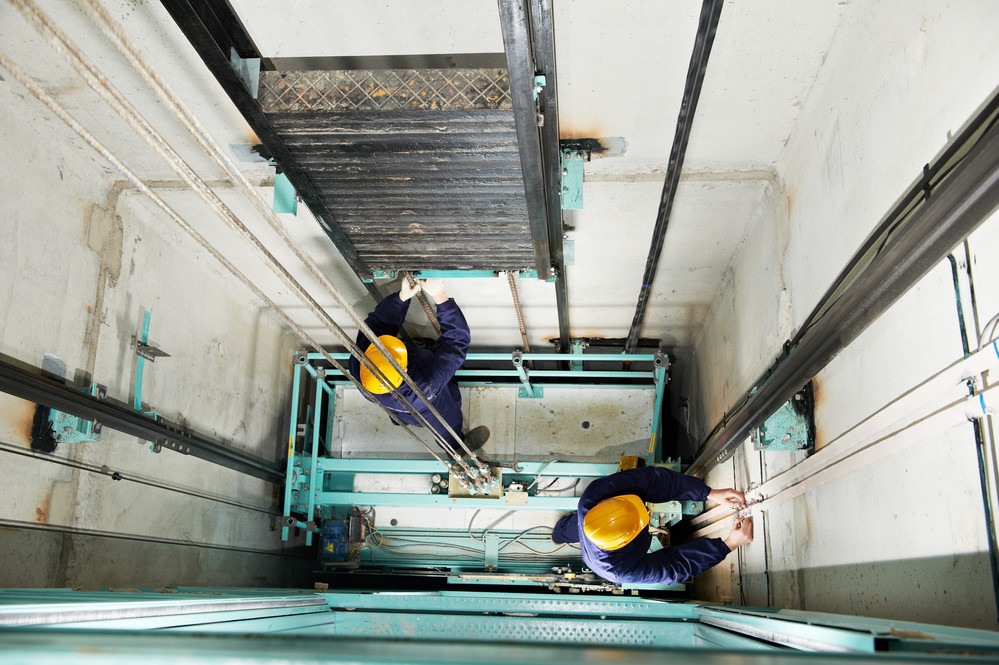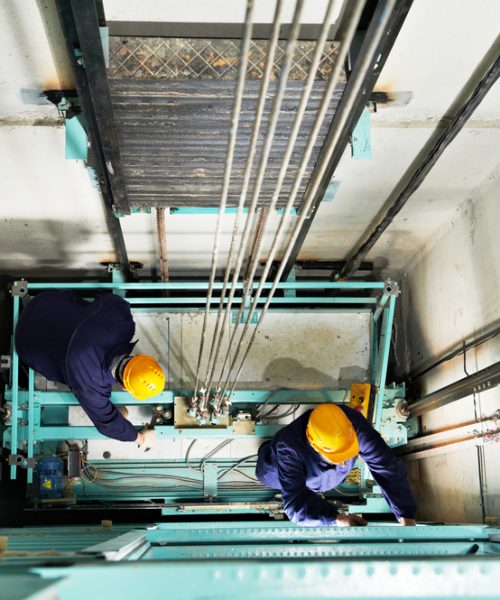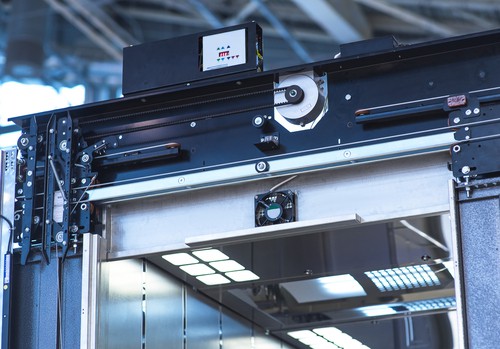Exploring the Relevance of Regular Maintenance and Evaluation of Handicapped Platform Lifts
In the world of keeping impaired system lifts, regular servicing and assessment play an essential duty in making certain functional efficiency and safety compliance. A closer examination of these nuanced facets sheds light on the intricate web of factors to consider that emphasize the relevance of focusing on the maintenance of impaired system lifts.
Security and Compliance Standards
How do safety and security and conformity criteria make certain the proper performance and security of disabled platform lifts? Safety and security and conformity criteria play a critical duty in making sure the smooth operation and safety and security of impaired system lifts. These criteria are made to promote the honesty of the equipment, safeguard customers from prospective risks, and make sure conformity with legal demands.
Security standards dictate the layout, installation, and maintenance demands for disabled platform lifts. They cover elements such as weight capability, emergency quit mechanisms, handrails, and non-slip surface areas to avoid accidents and injuries. Conformity standards, on the other hand, make sure that disabled system lifts fulfill all needed regulative guidelines set by authorities to assure their risk-free usage.
Preventative Maintenance Conveniences
Safety and compliance requirements guarantee the correct performance and safety of handicapped system lifts by establishing the foundation for reaping the preventative maintenance benefits that contribute to their longevity and dependability. Preventative maintenance plays a vital duty in maximizing the lifespan of impaired system lifts and reducing unanticipated malfunctions. By adhering to a routine maintenance routine, problems can be recognized and remedied before they intensify, therefore decreasing the probability of pricey repair work and downtime.

Furthermore, preventative upkeep can likewise result in set you back savings in the lengthy run. By resolving minor concerns promptly, major breakdowns can often be avoided, saving money on repair costs and preventing the trouble of unanticipated break downs. elevator maintenance. Additionally, well-kept lifts are most likely to have a much longer operational life, lowering the demand for premature replacements and the connected costs
Cost-Effective Performance Enhancements
Enhancing the efficiency of impaired system lifts in an economical way needs tactical maintenance techniques and efficiency optimizations. In addition, making sure that sensors and safety mechanisms are adjusted and working appropriately can protect against pricey breakdowns and downtime.

Additionally, taking into consideration upgrades such as energy-efficient lighting and drive systems can boost the lift's efficiency while reducing operational prices. By thoroughly picking affordable improvements that prioritize performance and safety and security, owners and drivers of disabled platform lifts can ensure smooth operations without overspending.
Extended Life-span and Resilience
To make sure the ongoing cost-effective efficiency enhancements of disabled system lifts, prioritizing extended life-span and toughness with proactive upkeep measures is crucial. By applying regular servicing and assessment regimens, the general longevity of the platform lift can be considerably raised. Routine upkeep not only helps in determining and dealing with small problems prior elevator maintenance to they rise right into major troubles however additionally guarantees that all elements are operating efficiently, therefore expanding the life-span of the lift.
Furthermore, by staying ahead of wear and tear via set up maintenance, the toughness of the impaired platform lift is enhanced. Components such as motors, cable televisions, and control systems can be checked and serviced, stopping unexpected break downs and guaranteeing smooth operation over an extended duration. This proactive approach not only minimizes the danger of expensive repairs yet also adds to the safety and security and reliability of the lift, eventually profiting both the users and the center administration. To conclude, focusing on prolonged life-span and resilience with routine maintenance is a prudent investment in the long-term performance of disabled platform lifts.

Availability and Dependability Factors
Access and reliability are critical elements influencing the functionality and performance of impaired platform lifts in different environments. For individuals with movement difficulties, having very easy access to vertical transportation is crucial for their self-reliance and lifestyle. The style of impaired system lifts must focus on accessibility by making certain user-friendly controls, appropriate area for wheelchair customers, and clear signage for users with aesthetic impairments. Reliability is similarly crucial as any kind of downtime can substantially affect the daily tasks of those relying upon these lifts. Routine maintenance and assessments play a vital role in guaranteeing the integrity of impaired platform lifts. By dealing with prospective concerns beforehand, upkeep aids prevent unanticipated malfunctions and makes certain smooth procedure. In addition, upkeep can detect wear and tear, permitting timely repair services to maintain the lift's dependability. Generally, concentrating on ease of access and reliability aspects in the layout and upkeep of impaired system lifts is necessary to satisfy the requirements of all users and guarantee their safety and security and ease (lift modernization).
Verdict
In final thought, routine maintenance and inspection of disabled platform lifts are vital for making sure safety and security, conformity with laws, and optimum efficiency. It is essential to arrange routine maintenance to take full advantage of the benefits of disabled system lifts.